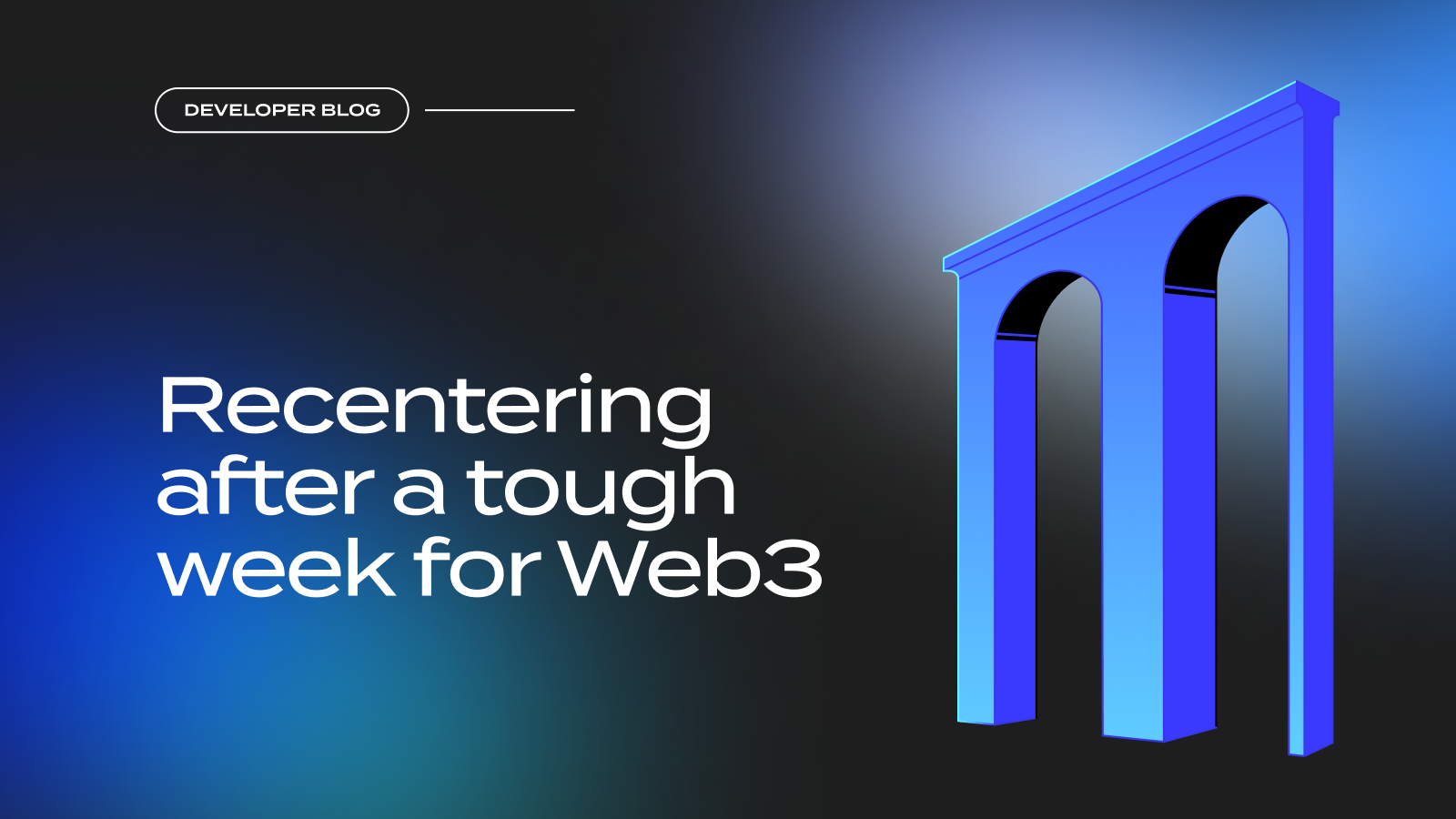
The recent news surrounding FTX has been tough for our entire industry, and we feel for everyone who has been impacted. While we know Web3 is resilient and will continue to grow into its full potential, that doesn’t prevent moments like this from weighing on all of us.
In light of these developments, we want to ensure our community can feel confident in Flow, as well as our industry’s future. Flow was built differently from the start, with a focus on providing real, long-term value that goes beyond hype cycles.
To begin with, Flow has no exposure to FTX, Alameda Research, SOL, or other affected tokens. We have never taken on debt and would never leverage our own native token, FLOW. Neither FTX or Alameda Research is an investor in the Flow blockchain or its original creator, Dapper Labs.
Flow was built with the vision of supporting billions of consumers in Web3. It’s an open, decentralized platform that provides the speed, scalability, sustainability, and safety needed to take blockchain technology mainstream. The Flow blockchain is trusted by major brands, sporting leagues, developers, and DAOs across the planet that understand the power of building for long-term value and real utility at scale – without sacrificing security or sustainability.
To realize this vision, the Flow team has been thoughtful about the network’s underpinnings, liquidity, and security from the very beginning. Flow scales to millions by default by providing a highly performant base layer, with a unique multi-node architecture and proof-of-stake consensus model; we’re building a future-proof blockchain meant for mainstream adoption without compromises.
Flow’s permissionless infrastructure enables developers to build and scale powerful innovations for the masses. Our resource-oriented programming language, Cadence, introduces new features to smart contract programming that help developers ensure that their code is safe, secure, clear, and approachable. It allows developers to compose more on-chain logic in their smart contracts, providing greater transparency and censorship resistance. It also abstracts complexity into the protocol to preserve ease of development, letting developers ship applications faster without needing to worry about infrastructure requirements.
Flow also preserves security at scale. With its modular multi-node architecture foundation, Flow natively supports "Proposer-Builder Separation (PBS)," providing strong guarantees against censorship and MEV attack problems by assigning block proposals and block builders to different roles in the network.
Flow also ensures users don’t need to rely on Layer 2 solutions or bridges for scaling. No transaction is left to rely on potentially corrupt off-chain computations, and all interactions between entities can happen in one atomic, consistent, isolated, and durable (ACID) transaction. This fosters an ecosystem where developers can fully leverage on-chain logic for building smarter applications. The multi-node architecture also increases decentralization by lowering the barrier for running a node – which can even be run on consumer-grade laptops – boosting the likelihood of more people participating.
While we continue to have a positive outlook for both Flow and blockchain technology in general, we know real people have been hurt this week and the ripples will be felt throughout Web3. Though it might be a while before things get easier, Web3 is early in its journey and we’re confident in its future. We’re more focused than ever on working with you to grow the right solutions that will move our industry forward, and we’re committed to doing so in ways that are ethical, transparent and decentralized.














Stay up to date with the latest news on Flow.